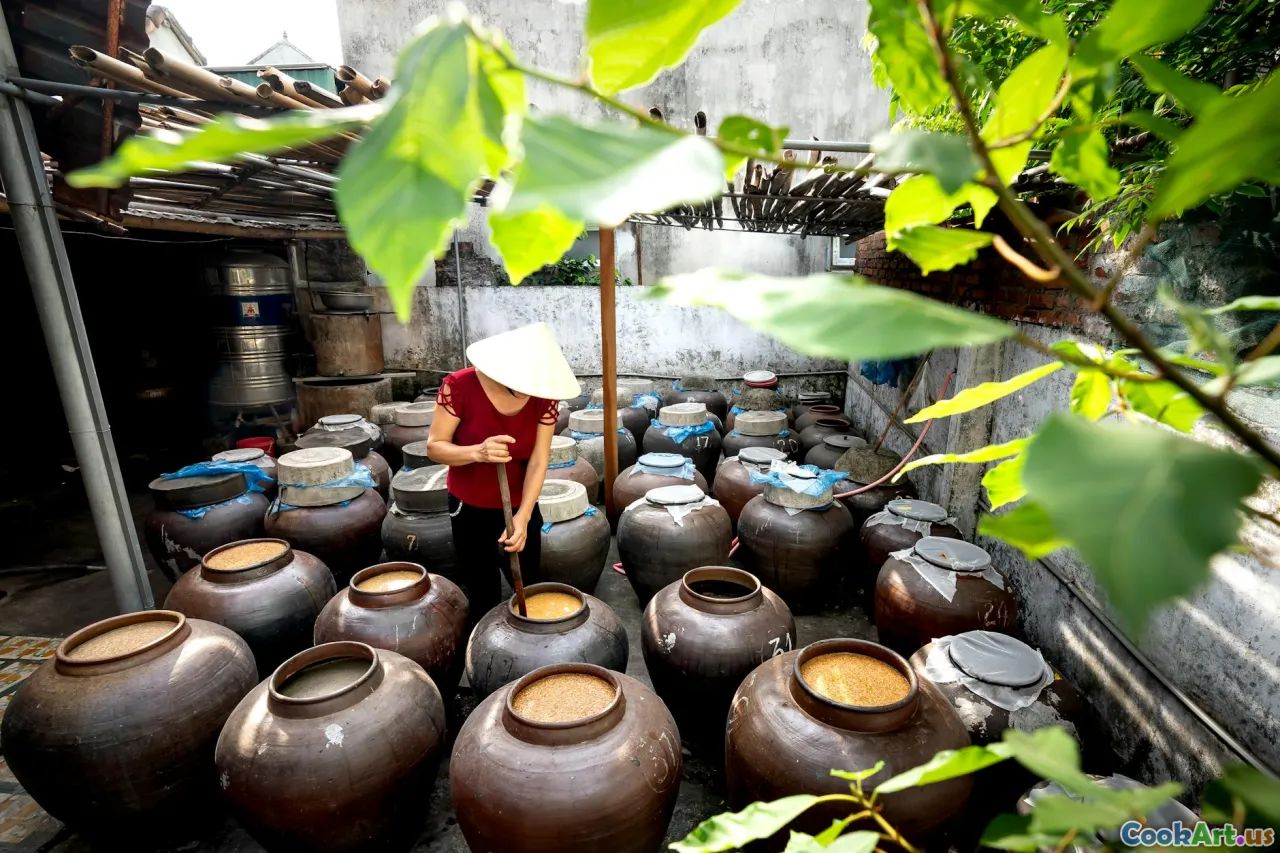Preservation Techniques from Around the World
6 min read Explore diverse food preservation methods from around the globe that enhance flavors and extend shelf life. April 14, 2025 18:00
Preservation Techniques from Around the World
Food preservation is an age-old practice that has evolved alongside human civilization. From ancient methods to modern innovations, preserving food not only extends its shelf life but also enhances flavors and nutritional value. This article dives into a variety of preservation techniques employed around the globe, showcasing the rich tapestry of culinary traditions and the innovative approaches shaping contemporary food culture.
1. Fermentation: A Flavorful Transformation
Fermentation is perhaps the most celebrated preservation method, used in countless cultures to create complex flavors and textures. From the tangy sauerkraut of Germany to the spicy kimchi of Korea, fermentation harnesses the power of microorganisms to transform raw ingredients into delicious staples. Not only does fermentation extend shelf life, but it also increases the bioavailability of nutrients, making foods easier to digest.
Notable Examples:
- Kefir (Caucasus region): A fermented milk drink rich in probiotics.
- Miso (Japan): A fermented soybean paste, essential in many dishes.
2. Drying: Nature’s Dehydrator
Drying is one of the oldest preservation techniques, harnessing the sun's energy to remove moisture from food. This method is prevalent in regions with hot, dry climates, allowing fruits, vegetables, and meats to be stored for extended periods. Dried foods retain most of their nutrients and are often used in traditional dishes around the world.
Notable Examples:
- Biltong (South Africa): Dried cured meat, seasoned with spices.
- Dried Fruits (Middle East): Apricots and figs, often used in sweets and savory dishes.
3. Salting: The Ancient Cure
Salting is another ancient technique that preserves food through dehydration and the creation of a hostile environment for bacteria. This method is widely used for meats and fish, imparting a distinctive flavor that has become integral to many cuisines. The process of curing with salt has been refined over centuries, giving rise to various regional specialties.
Notable Examples:
- Prosciutto (Italy): Dry-cured ham, aged to perfection.
- Bacalao (Spain): Salted cod, a key ingredient in many Mediterranean dishes.
4. Pickling: A Tangy Tradition
Pickling involves immersing food in a solution of vinegar or brine, allowing it to absorb flavors while ensuring long-term preservation. This technique is prevalent in many cultures, where it not only preserves but also enhances the taste of vegetables and fruits. The variety of pickling spices and flavors is vast, making each region’s pickles unique.
Notable Examples:
- Gherkins (Germany): Small pickled cucumbers that add crunch to dishes.
- Achar (India): Spicy pickled vegetables, often served as a condiment.
5. Smoking: Infusing Flavor and Longevity
Smoking is a preservation technique that not only extends the shelf life of food but also adds a rich, smoky flavor. This method is often used for fish and meats, creating a distinctive taste that is cherished in various cuisines worldwide. The smoking process can vary from cold smoking, which preserves at lower temperatures, to hot smoking, which cooks the food while preserving it.
Notable Examples:
- Lox (Jewish cuisine): Salmon that has been cured and cold-smoked.
- Chipotle (Mexico): Dried, smoked jalapeño peppers, adding heat and complexity.
6. Canning: Modern Convenience
Canning is a relatively modern preservation technique that involves sealing food in airtight containers and heating them to kill bacteria. This method has revolutionized food storage, allowing for long-term preservation without the need for refrigeration. Canned foods have become staples in many households, providing convenience and versatility.
Notable Examples:
- Tomato Sauce (Italy): Essential for pasta dishes and pizza.
- Canned Fruits (Global): An easy way to enjoy seasonal flavors year-round.
Conclusion
Preservation techniques from around the world reflect not only the ingenuity of various cultures but also their connection to the land and climate. Each method tells a story of survival, creativity, and the universal desire to enjoy delicious food. As culinary innovations continue to evolve, the importance of these traditional techniques remains relevant, blending the past with the future of food. By embracing these preservation methods, we can reduce food waste, enhance our diets, and appreciate the global tapestry of culinary heritage.
Explore these methods, try your hand at preserving your own foods, and delight in the flavors of history!









